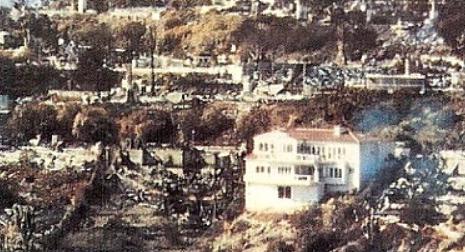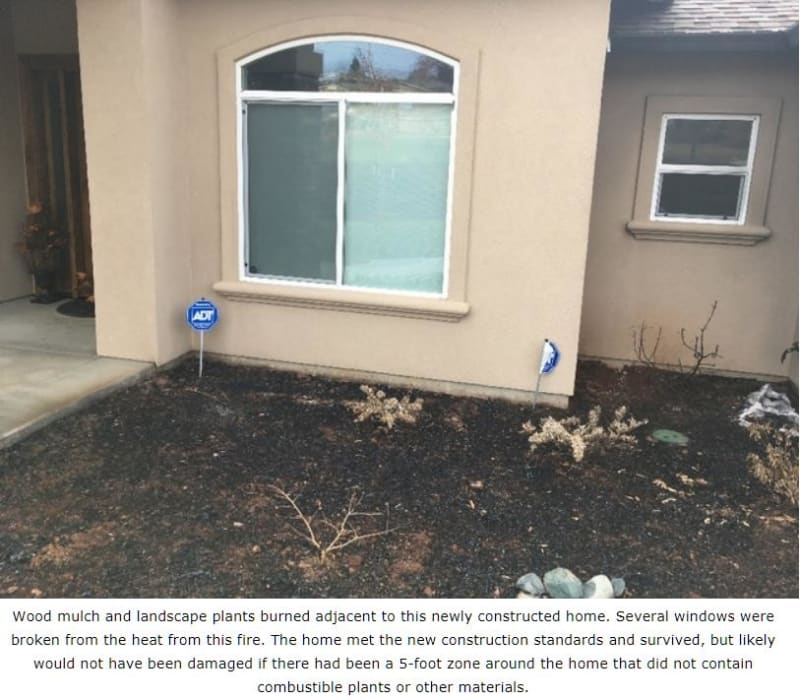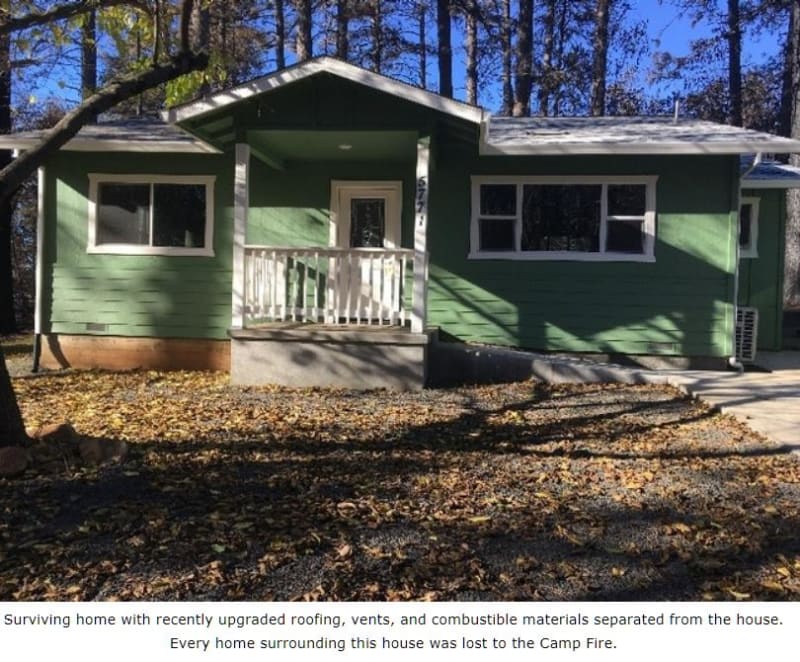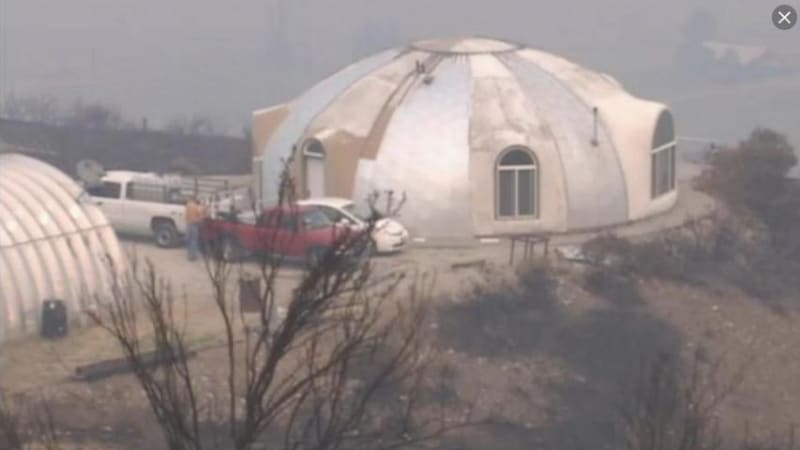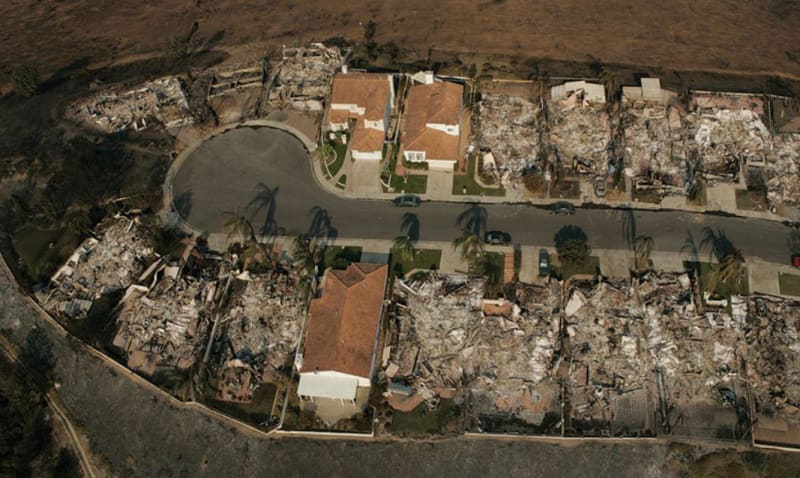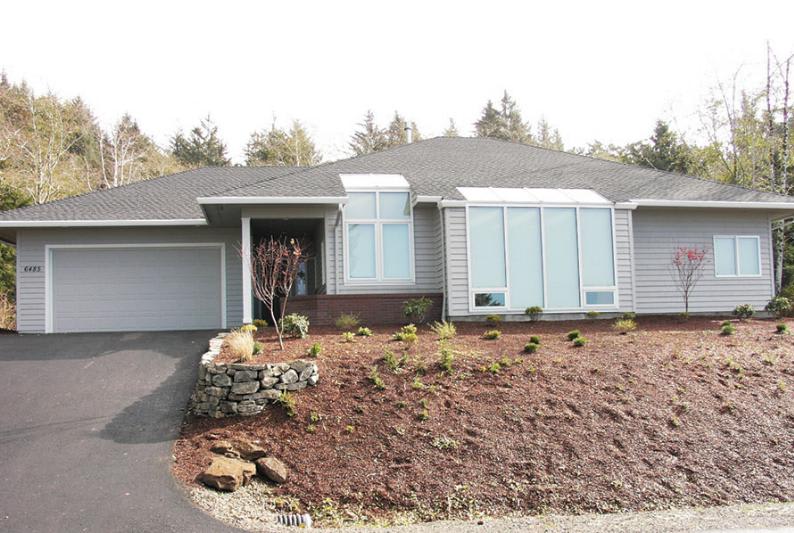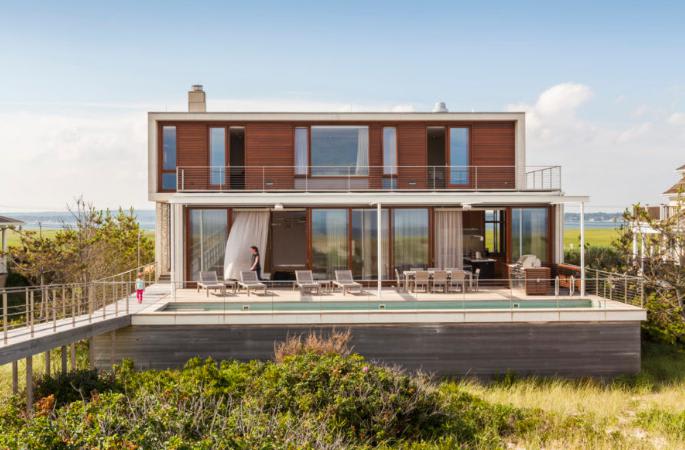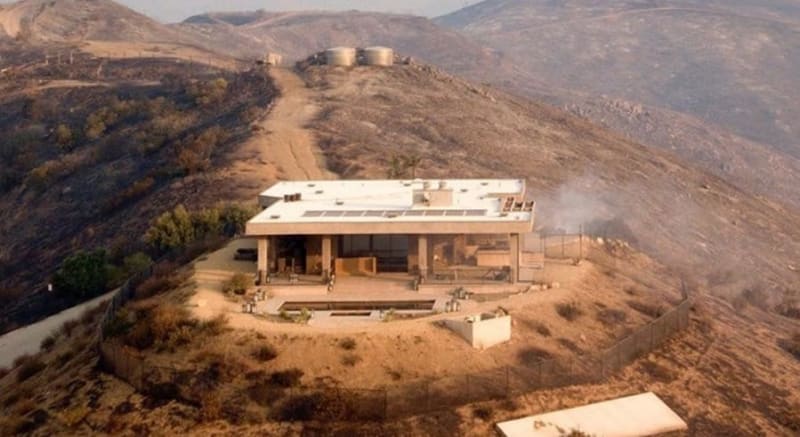According to the recent article in the Nov 2019 POWER magazine, none of the existing 674 nuclear reactors on planet earth were built based on economic justification, and all were constructed using some form of military , scientific, or national objective as the primary rationale. The local laws or regulations were deliberately adjusted to ensure adequate remuneration for the clients and fabricators. Once a country is invested in nuclear plants, then it remains necessary to retain nuclear expertise for the indefinite future until the waste products are permanently dipsosed of, and this could imply artificially enhancing the career prospects for nuclear technicians for centuries ( a so called nuclear priesthood).This may explain HPC ( and Vogtle), since it was reported that it will take a minimum of 120 yrs to retire Windscale ( and hanford). The genie simply refuses to go back into the bottle.
The design code for reactors includes fatigue provisions, but the installed base of reactors are not designed for fast load changes or fast startups. The ASME boiler design code (ASME section I ) however does not even contain a single instance of the word "fatigue", and large coal fired boilers and HRSGs designed only to section I might not have specifically been designed for fatigue damage unless the mfr added his own provisions for fatigue , using either asme sect VIII div 2 or EN- 12952-3 fatigue guidelines.
The large number of HRSG's designed in the bubble period 1999-2009 were designed for the highest possible efficiency at full base load due to the high cost of natural gas during that period, and were not designed for fast startups nor 2 shift cycling operations.The fracking revolution in the US reduced the price of fuel gas by a factor of 5 after 2009, and the increasing use of renewable power ( wind , solar PV) forces combined cycle plants to 2 shift cycle and also places a large economic bonus on plants that can start up quickly . This new design objective implies fatigue damage plays the primary role in the design of the HRSG and related plant systems, to allow fast startups.
The newest frame gas turbines can allegedly turn down to 15% MCR load to allow spinning reserve operation. The installed base of older combined cycle plants could theoretically be retrofit with modifications to also allow spinning reserve operation, which in turn permits fast load increases as the components remain in a hot standby mode.However, such modificaitons do not seem to be pursued and these older plants are losing economic relevance.
"...when logic, and proportion, have fallen, sloppy dead..." Grace Slick

